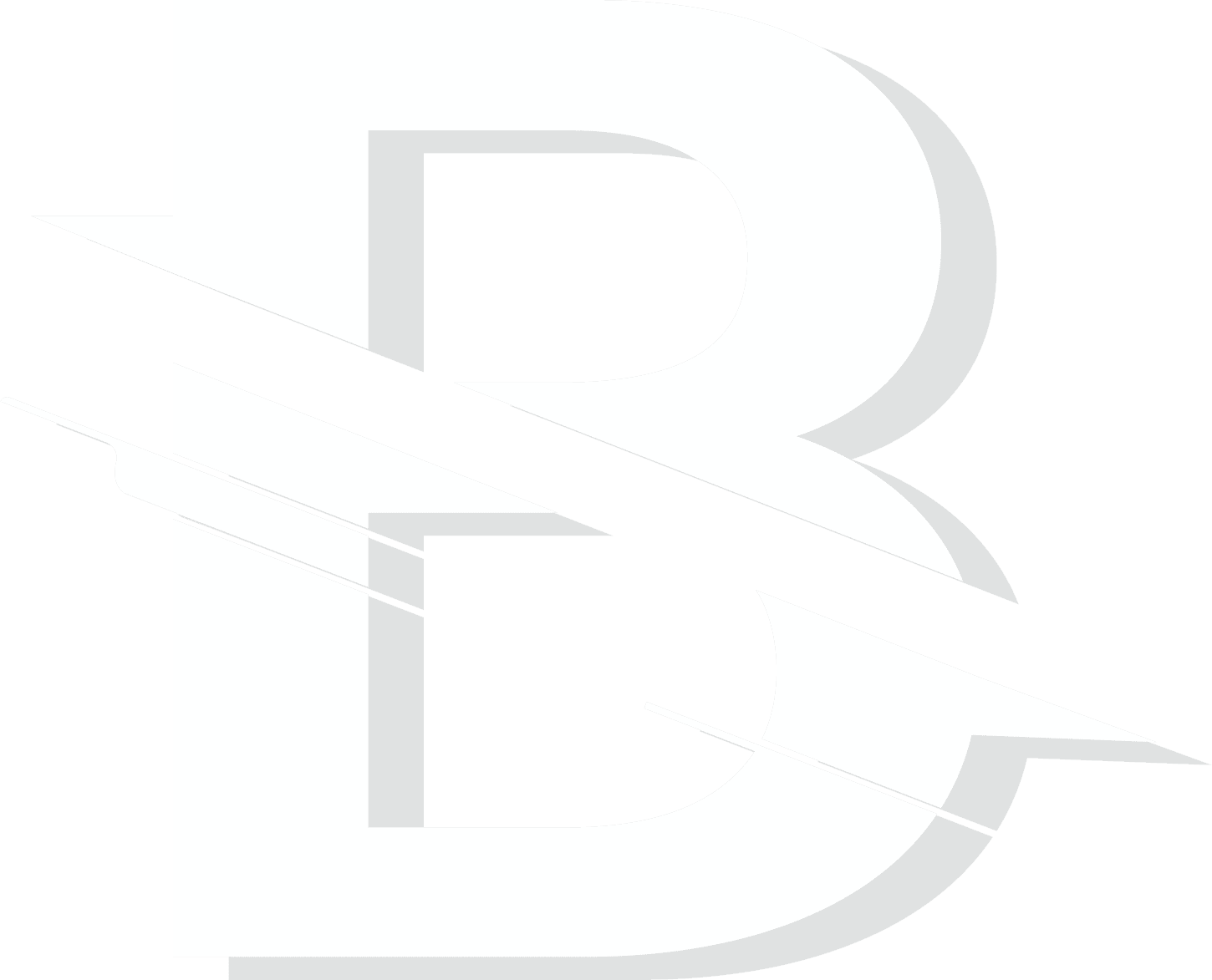Less is More: The Unending Appeal of Minimalist Web Design in 2024
Introduction
In a digital landscape increasingly cluttered with information and distractions, minimalist web design has emerged as a timeless solution. Its focus on simplicity, usability, and functionality resonates deeply with users, offering clean, efficient interfaces that elevate the user experience. As we explore the trends and principles of minimalist web design in 2024, we will discuss its enduring appeal and the best practices for implementing it in modern web projects.
What is Minimalist Web Design?
Minimalist web design emphasizes simplicity by stripping away unnecessary elements, allowing core content and functionality to shine through. It aims to create clear, engaging user experiences by focusing on essential features and eliminating distractions.
Key Principles of Minimalist Web Design
1. Clarity and Simplicity: The design should be straightforward, communicating its message without visual noise.
2. Effective Use of Space: White space is crucial in minimalism; it allows for a breathable layout and emphasizes key content.
3. Limited Color Palette: Using a few colors effectively draws attention without overwhelming the user.
4. Functional Typography: Clear, legible fonts help convey information efficiently while adding to the design aesthetic.
5. Intuitive Navigation: Simplified navigation ensures that users can find what they need effortlessly.
6. High-Quality Imagery: Choose impactful images that enhance your message and maintain the minimalist aesthetic.
2024 Minimalist Design Trends
1. Dark Mode Minimalism
With the continued popularity of dark mode interfaces, minimalist designs are now adapting to utilize darker backgrounds. This trend enhances visual comfort and creates sharp contrasts that highlight essential elements.
2. Micro-Interactions
Subtle animations and micro-interactions add engaging, dynamic qualities to minimalist designs without cluttering the interface. This enhances user experience by providing feedback and visual interest.
3. Bold Typography and Layouts
Bold typography and layouts are key elements of minimalist designs. They highlight content hierarchy and enhance readability, often used effectively with generous white space.
4. Sustainable Design
The minimalist ethos is closely aligned with the movement towards sustainability. Design choices prioritizing efficient code, lower energy consumption, and fewer resources are becoming increasingly essential.
5. Customization and Personalization
Minimalist designs are increasingly incorporating personalization options. This allows users to tailor their experiences while maintaining a straightforward aesthetic.
6. Asymmetrical Layouts
Asymmetry in designs helps capture attention while maintaining a minimalist approach. This trend challenges traditional balanced layouts, offering a fresh, modern look.
Benefits of Minimalist Web Design
Improved Usability: Simple designs enhance user navigation and lower cognitive load.
Faster Load Times: Minimal elements contribute to quicker load times, benefiting both user experience and SEO.
Increased Focus: By reducing distraction, users can concentrate better on content and calls to action.
Timeless Appeal: Minimalist designs have a classic quality, making them less prone to rapidly going out of style.
Implementing Minimalist Web Design
Conduct a Content Audit: Identify essential elements and eliminate anything non-essential to maintain focus.
Design with User Goals in Mind: Prioritize user needs and behaviors to create a user-centered design.
Test and Iterate: Gather user feedback and refine your design based on real-world interactions.
Balance Functionality and Aesthetics: While maintaining simplicity, ensure that the design remains functional and easy to interact with.
Conclusion
Minimalist web design continues to thrive in 2025, proving that "less is more" is not just a trend but a core digital design philosophy. Web developers and designers can create engaging experiences that resonate with users by embracing simplicity, intuitive interfaces, and strategic aesthetics. Minimalist design will undoubtedly evolve as we progress, but its principles will remain a cornerstone of effective web design.
